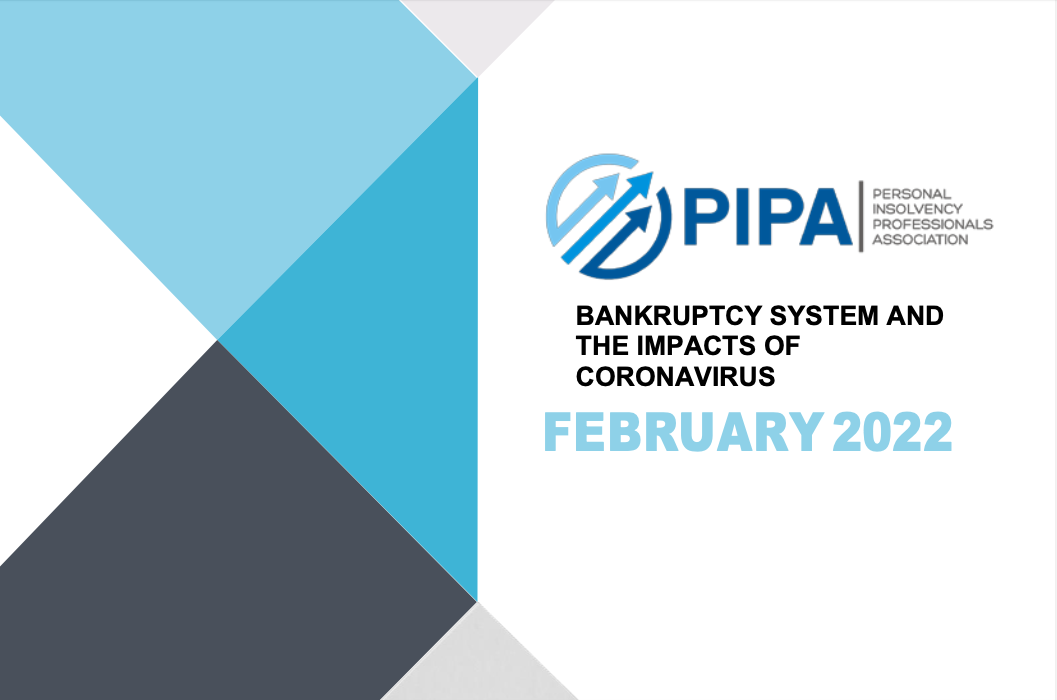Did you know that there are two different types of bankruptcies?
One is more common for businesses and the other is typically entered into by individuals, but what are the key differences between the two types of bankruptcies in Australia?
Voluntary Bankruptcy
Australians refer to someone who is unable to pay their debts as insolvent, which means unable to pay their bills and owings when they are due. Bankruptcy can be an appropriate solution for people who are insolvent because it is a way to absolve someone of their unsecured debts, offering relief and a fresh start on the other side of serious financial hardship.
When entering into bankruptcy, an individual must engage a third party trustee. PIPA employs a team of highly skilled financial advisors, who are registered trustees, that can assist people who are in debt to make the right decision for them, and if that happens to be bankruptcy, they will make them fully aware of the processes and implications involved.
Typically when an individual applies to become bankrupt this is called voluntary bankruptcy. They have to be approved to enter into this agreement, which usually involves proving that they are unable to pay what they owe (that they are in fact insolvent) and also a time period where they are given the opportunity to come up with their owings.
The trustee or qualified PIPA professional will then assess their debts and assets over the bankruptcy period, which is usually 3 years and one day, and they will sell the assets to pay creditors before releasing the remaining debts.
Voluntary Bankruptcy is the most common type of bankruptcy for individuals, where you file the paperwork yourself and solicit a trustee.
Involuntary Bankruptcy (Or Sequestration Order)
The second way to become bankrupt is when someone lodges a creditors petition against you, also known as a sequestration order, to forcibly make you bankrupt. This type of bankruptcy is most common for businesses that are insolvent as it can involve a lot of fees that aren’t worth paying to make an individual bankrupt in the same process. Creditors may threaten an individual with bankruptcy in this way, but will rarely ever follow through.
To lodge a creditors petition or sequestration order, someone must owe you at least 10,000 or you must be able to combine debts with other creditors that equal to the amount of 10,000 or more. To lodge this you must also be able to prove that someone has committed an act of bankruptcy. A list of these acts can be found in the Bankruptcy Act 1996, but the most common act of bankruptcy is ‘failure to comply with a bankruptcy notice’.
Once your creditors petition is lodged, the person that you wish will have a grace period to pay what they owe – this is usually 1-2 months. If they cannot pay they will be declared insolvent.
If you have applied to make someone bankrupt and have concerns the the person might try to evade the process by getting rid of their assets before the creditors petition is approved – and the person has not already been made bankrupt – you may be able to apply for an interim control order, which will appoint a trustee such as one of PIPA’s qualified insolvency professionals to take control of the debtors assets until the order has been heard in court.
For more information about the types of bankruptcies talk to a qualified insolvency professional at pipa.net.au.


